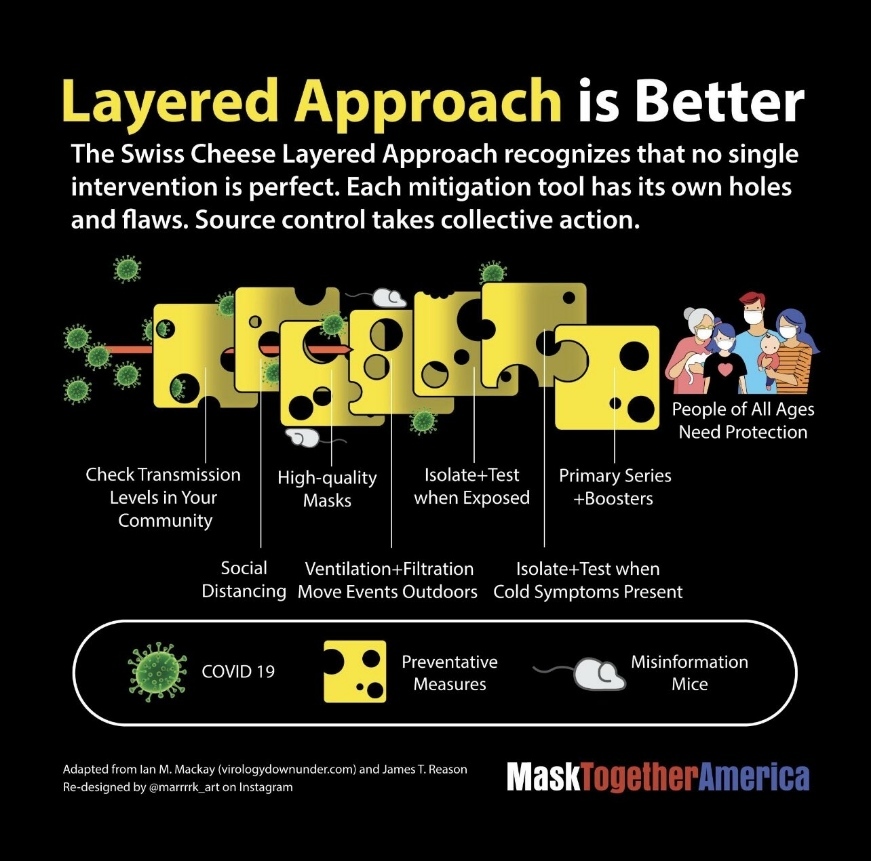Matthew Loxton
Healthcare improvement and strategic foresight analyst, professional trainer in qualitative research methods. Organizational behavior researcher. Board member at Blue Faery Liver Cancer. #Writer of stuff - #AmWriting
Read my #fiction titles on Amazon “The Screw Turns” at https://www.amazon.com/stores/author/B09P5LLNZ1
See my Kindle Vela stories at https://www.amazon.com/kindle-vella/story/B0BLXHVVSY
… and my children’s stories at https://www.amazon.com/kindle-vella/story/B0BLT56MG9
- 0 Posts
- 4 Comments
 1·8 months ago
1·8 months ago@GottaLaff@mastodon.social
I think I know the answer to the main question, and it is a bit boring.I expect that Neuralink got approval for human testing because they used a “same as” application, and could cite many other very similar implants that had been previously approved for other applicants. (2002, 2006, etc)
I want to know how this patient selected, the end points, what is this “issue” that the patient mentioned, what outcomes and adverse effects are being monitored, what are the rollback options?


@ProPublica@newsie.social
I think this article frames the wrong perp.
Hospitals and their legal staff are highly risk averse, and are just following what they understand to be the law, and will tend to err on the side of caution - the more vague and the more threatening a law is, the more hospitals will hedge to be safe.
The entities to blame here are the lawmakers and governor, who knew how to make hospitals react like this